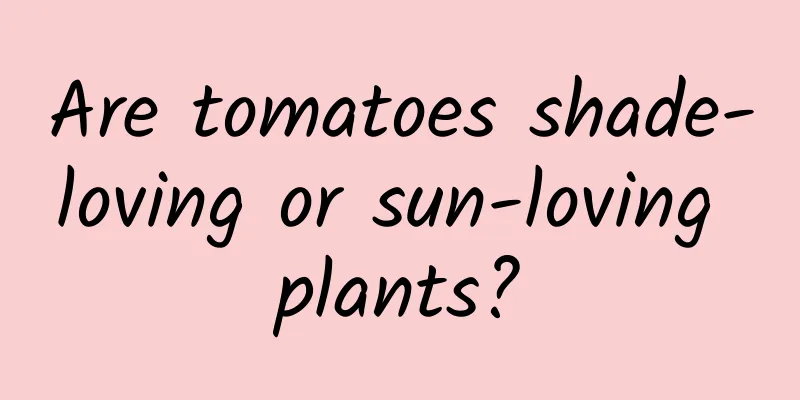Cultivation methods and precautions of the golden plate of star anise

Farming methodsTemperature conditionsOleander prefers a cool growing environment, with a suitable temperature between 10-25℃, generally 18-20℃ during the day and 10-12℃ indoors at night to maintain good growth. It should be noted that prolonged high temperatures can easily cause the leaves to become thinner and larger and begin to droop. Floccus ovata is relatively cold-resistant and can safely overwinter at temperatures above 7°C. Lighting conditionsFatsia truncatum is a semi-shade plant that tolerates shade but avoids strong light. It is suitable for greenhouse cultivation. Except in winter, the shading should generally reach more than 60%. In particular, pay attention to direct sunlight in summer and strengthen shading work. On the other hand, if there is insufficient light for a long time, the leaves will become small. Get more sunlight in winter. Water and fertilizer conditionsDuring the growing season of Aglaonema, i.e. from April to October, apply thin liquid fertilizer about every 2 weeks, and stop fertilizing after October. Water frequently during hot seasons to keep the soil moist. At the same time, spray water on the leaves and surrounding areas to increase the humidity of the surrounding air. After October, you should gradually reduce watering and control watering. Soil requirementsIt is suitable to choose fertile, loose and well-drained soil. Potting soil can be mixed with 3 parts of garden soil and 1 part of rice husk ash, and then add a little base fertilizer. Repotting and soil turningDuring the breeding process, the pot should be changed every 1-2 years, usually in March or April. When turning the soil and changing the pot, put base fertilizer at the bottom of the pot. PrecautionsDiseasesAglaonema is susceptible to diseases such as sooty mold, leaf spot and chlorosis. Leaf spot occurs more frequently in summer and can be controlled with agents such as thiophanate-methyl or carbendazim. Chlorosis can be controlled by spraying ferrous sulfate solution on the leaves. PestsThe main insect pests are aphids, scale insects and red spiders. Generally, you can use Sujiesha to control scale insects. For aphids, you can use aphid shovel for control, and use trichloronate to control red spiders. |
<<: Differences between Pyracantha and Seabuckthorn
>>: The difference between the eight-angle gold plate and Schefflera and peacock wood
Recommend
What does bamboo symbolize?
1. Integrity Green bamboo has a very good growth ...
It is better to water the spider plant every few days
How often should I water my spider plant? Chlorop...
Reasons why the buds of Kalanchoe wilt and shrink
1. Nutrient deficiency During maintenance, when f...
What is the difference between the large-leaved umbrella and the Schefflera arborvitae
1. The difference between leaves The leaves of th...
Which plants absorb formaldehyde best?
1. Limited absorptive capacity It is well known t...
How long does it take for celery to germinate after sowing?
How long does it take for celery to sprout? It ta...
What are the four major ornamental flowers?
1. Oncidium This flower has different beautiful n...
What are the cultivation methods and precautions of variegated trachelospermum
Introduction of Trachelospermum erythrorhizon Var...
Planting technology and management methods of crawling cucumbers
Cucumber is one of the types of vegetables that p...
How to deal with hyacinth after flowering
Flowering period Hyacinth blooms in early spring,...
How to plant roses? Planting time and method
Rose planting time Roses are suitable for plantin...
What is the best time to repot azalea? (Pay attention to 4 key points)
The time to repot azalea is generally chosen in s...
Where is the best place to grow grapes?
Grape growing area The grape plant is native to w...
Differences between Sarracenia and Nepenthes
1. Leaf Difference The leaves of pitcher plants a...
Why is it unlucky to grow asparagus fern?
1. Why is it unlucky to grow asparagus fern? Ther...









